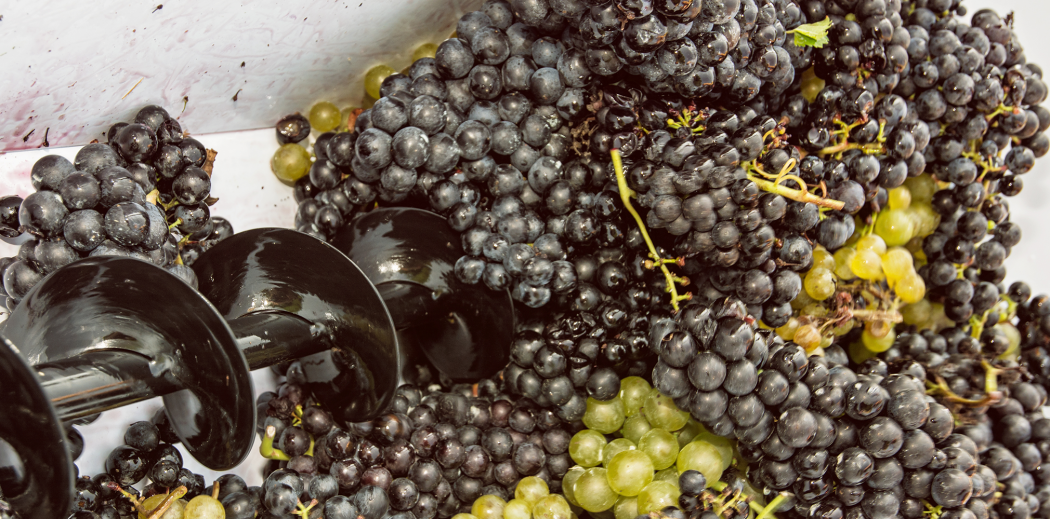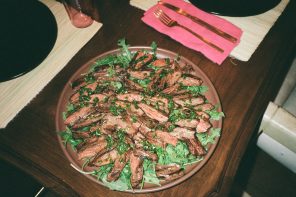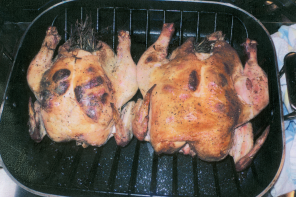Have you ever wondered what happens to that stuff left over after grapes have been squished of their juice? No? Well, we wondered. All those leftover seeds, skins, and stems actually have a technical term: pomace. Pomace actually has many uses and is repurposed for many products. Have you ever used grapeseed oil for cooking? That’s made from the seeds from pomace. Have you ever sipped on grappa after a meal? Yep, made from said byproduct as well.
Grape skins are composed of cellulose, tartaric acid, fermentable sugars, and tannins. These chemical compounds can then be processed into all types of things like cream of tartar, food coloring, animal feed, and powdered tannin extract. Some wineries actually have enough leftover byproduct to sell off as is, while others use it themselves to make their own products. Here are some of the most common uses of the leftover pomace after harvest.
Ripasso
The Italian wine Ripasso, from the Veneto region, is Valpolicella wine fermented a second time with the grape skins from the pomace of Amarone wine to enhance its flavor. Both Valpolicella and Amarone are wines from the Veneto region, although Valpolicella is the major wine from the region.
Amarone wine is a dry (sometimes sweet) red that resulted from over-aging a sweet Italian wine called Recioto from the same region. The grapes that produced Recioto were also partially dried before fermentation to add a complexity of flavor. So the partially dried grapes from the pomace of Amarone are then added to Valpolicella during the second fermentation to create Ripasso, meaning “re-pass” or “go over again.”
Grapeseed Oil
For every 300 gallons of wine made, one gallon of grapeseed oil can be produced as a byproduct. Grapeseed oil has become popular in recent years given its health benefits (essential fatty acids and vitamin E) and its extremely high burning point (420°F!). Obviously, it’s made from grape seeds, which results from the pomace. It’s either expeller pressed or chemically extracted. During chemical extraction, hexane is used as a solvent for extraction, whereas for expeller pressed oil the process uses a tool called an expeller, which is a big screw, that tightens and squeezes the seeds until the oil runs out; although, one seed renders such little oil that chemical extraction is most profitable.
Grappa
The Italian brandy is a distilled spirit made from the pomace that is fermented then slightly heated. After most of the liquid has evaporated, what remains is the final grappa product. Certain criteria in the EU says that no water can be added during the process, so the pomace must be distilled using a steam distillation process so the pomace doesn’t burn. Traditionally, grappa is served as an after-dinner digestive — but we’re always down to break the rules from time to time.
Gluten-Free Flour
Multiple companies have even been making flour from grape seeds. The flour, either 100 percent made from grape seeds or a blend, has been gaining attention not only because it can be gluten-free but also for the antioxidants like bioflavonoids and polyphenols. One company, AprèsVin from Yakima Valley in Washington State, makes four types of flour from the seeds of Cabernet Sauvignon, Chardonnay, Merlot, and Riesling. The process goes like this: the seeds are separated from the pomace and dried out. Once the water is expelled, the seeds are pressed for grapeseed oil. The remaining solid part of the seeds after the oil is pressed hits the flour mill.








